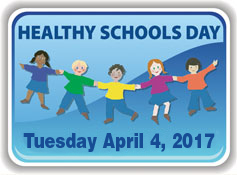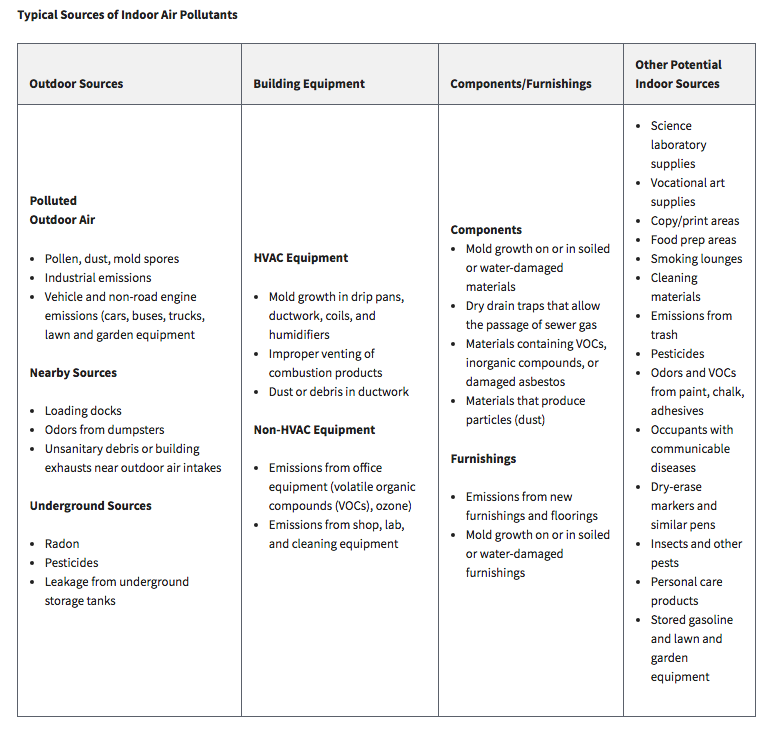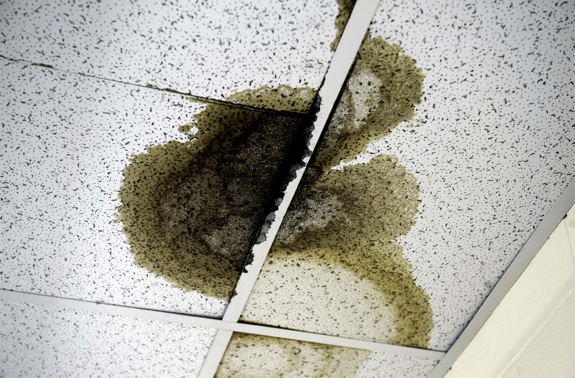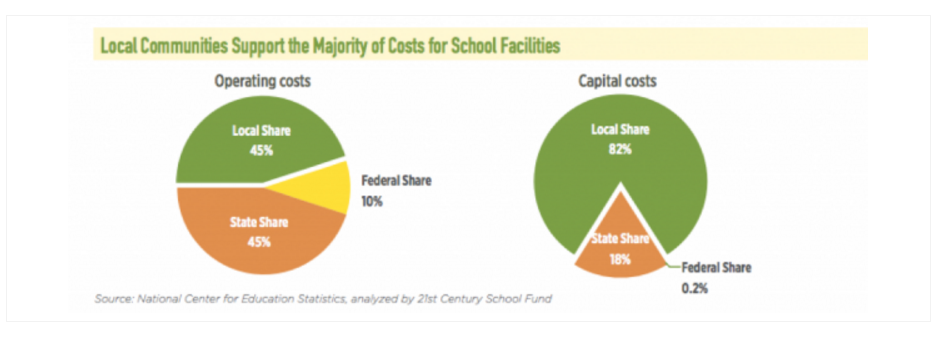 EDITOR’S NOTE: This blog post is part of a national awareness campaign week focused on healthy communities. Follow online with #HealthyCommunities.
EDITOR’S NOTE: This blog post is part of a national awareness campaign week focused on healthy communities. Follow online with #HealthyCommunities.
Today is the 15th Annual National Healthy Schools Day, an effort spearheaded by the Healthy Schools Network to celebrate programs in schools that promote healthy environments.
“In this, our 15th year of celebrating healthy schools, we are focused closely on two core problems,” said Claire Barnett, Executive Director of the Healthy Schools Network: “that too many schools and child care facilities are in poor condition and that there is no public health support for children in harm’s way.”
Across the US, there are 130,000 public and private K-12 schools enrolling some 55 million children and employing about 7 million adults. In all, about 20% of the total US population works or is learning in school every day.
The US Environmental Protection Agency (EPA) has reported that half of all schools have problems with indoor air pollution, a complex problem attributable to various sources, such as location, poor engineering, leaky roofs, deferred maintenance and repairs, and the use of toxic products indoors and out. Polluted indoor environments put children’s health at risk, and causes avoidable learning problems. Specifically, poor indoor air quality and environments contribute to rising asthma cases, frequent asthma hospitalizations during the school year, absenteeism. The health impacts of indoor air pollution range from problems concentrating and headaches to cancer and other long-term diseases.
Parent, Pennsylvania, “One section of our elementary school was water-damaged and the bathroom had peeling paint. Children were experiencing watery eyes, headaches, and fever; they would be sick one day and better the next. One doctor asked about possible mold allergy. A teacher had the children cleaning up mold damaged materials. The state health department told me they did not handle mold problems. Fortunately, once the superintendent learned about it, it was quickly stopped and the mold properly remediated. Today, the children are healthy again.”

Source: Environmental Protection Agency
While any school can be affected by common air pollutants like dry erasers and cleaning supplies, a lack of state and federal funding for school infrastructure compounds these risks. There is a stark contrast in schools based on the income of the surrounding area. While some build new science labs, others struggle to repair their roofs.
For example, Fairfield Court Elementary, Richmond, VA had to be temporarily closed in 2014. Its students moved across town after water damage from roof failure led to loosened ceiling tiles, one of which fell and hit a student. That same year, 504 students reported headaches at nearby Thompson Middle School as black ooze dripped from the ceiling (below).

According to the 21st Century School Fund, the nation’s most disadvantaged students received about half the funding for their school buildings ($4,800 per student) as compared to their more affluent peers ($9,361 per student).

As one Spanish teacher described the situation at a Baltimore school: “Call it like it is: we’re underfunded, and the decision not to fund our schools is racist, classist, short-sighted and hurts us all. Our school buildings often have no heat. They are infested with cockroaches and mice.”
According to the Healthy Schools Network, the federal health agencies’ Healthy People 2020 goals tailored for schools will not be met: in fact, districts are below their 2010 baseline for taking action on Indoor Air Quality, Hazardous Materials Management, Lead in Water, and safer pest control (IPM).
Air pollutants can be caught in pollution-trapping plants. Cleaning products can be replaced. Mold can be treated. Facilities can be renovated and repaired – with green materials & proper ventilation. But without persistent and targeted advocacy by parents, teachers, community groups, state partners, and federal lobbyists these health risks will continue.
- Take part in a National Healthy Schools Day event in your area
- Explore Healthy Schools resources and guides
- Check out Childhood Asthma Leadership Coalition’s Back-to-School Toolkit
- Share your story. Use #HealthyCommunities to celebrate your community’s healthy school initiative.
- Join The Children’s Network stay up to date on federal policies affecting kids’ health & education
